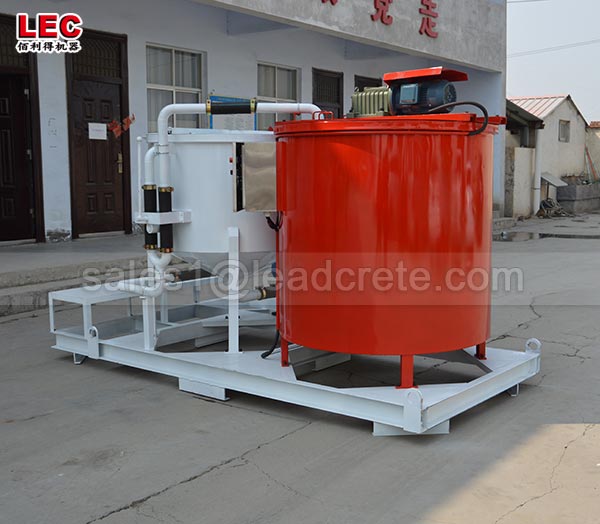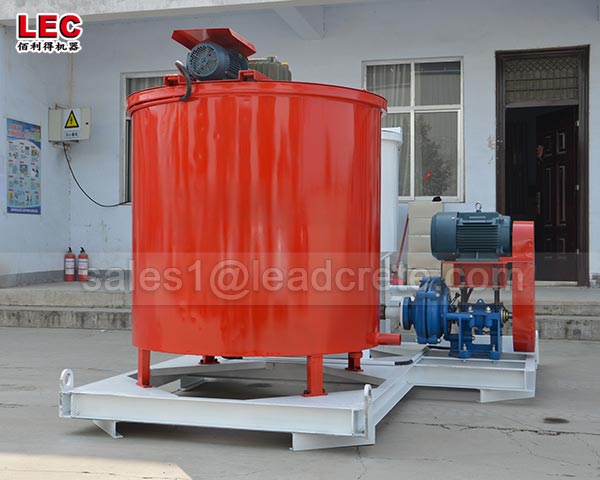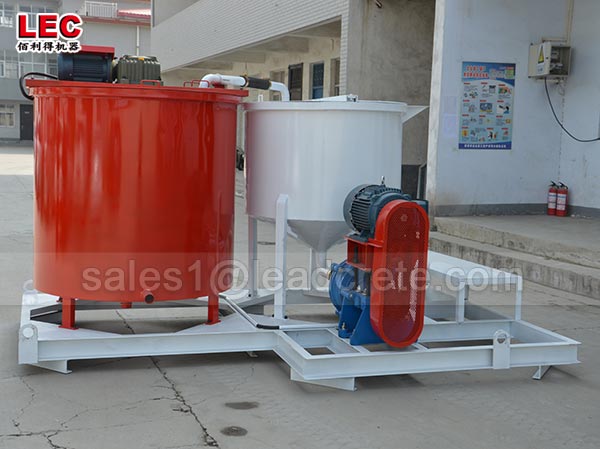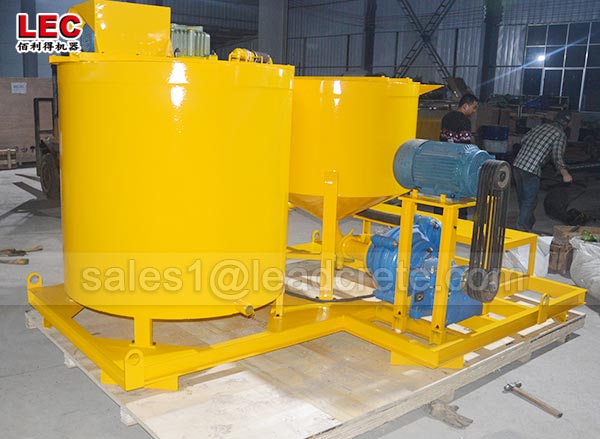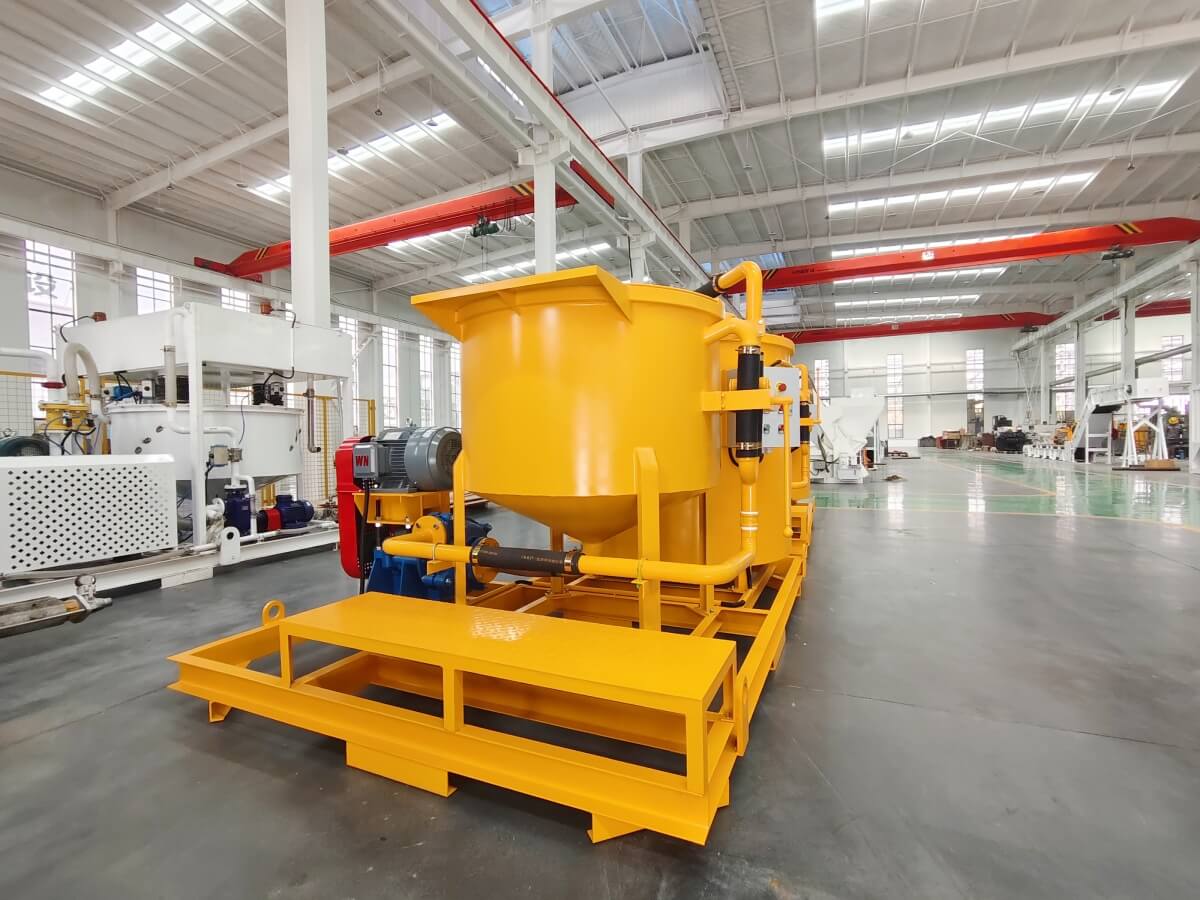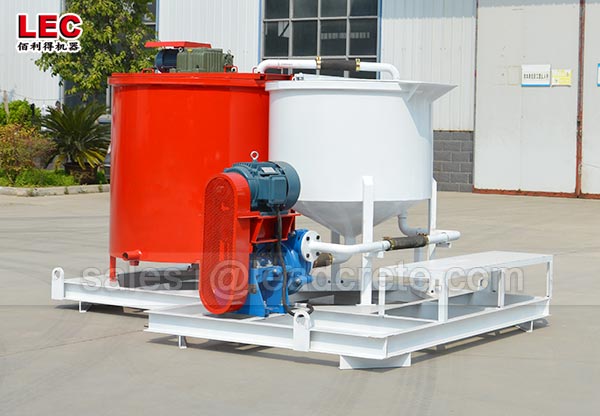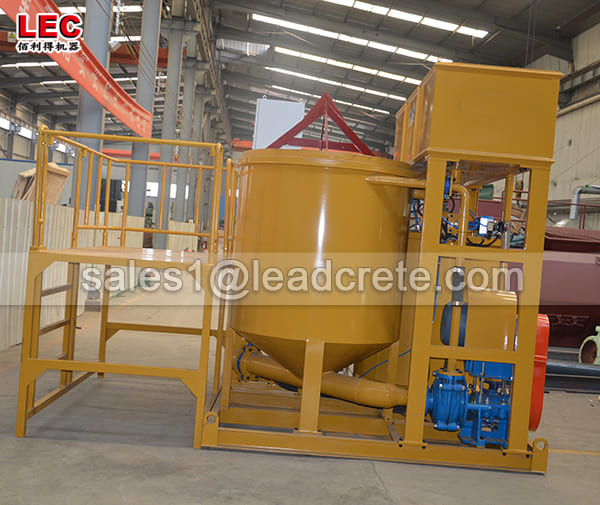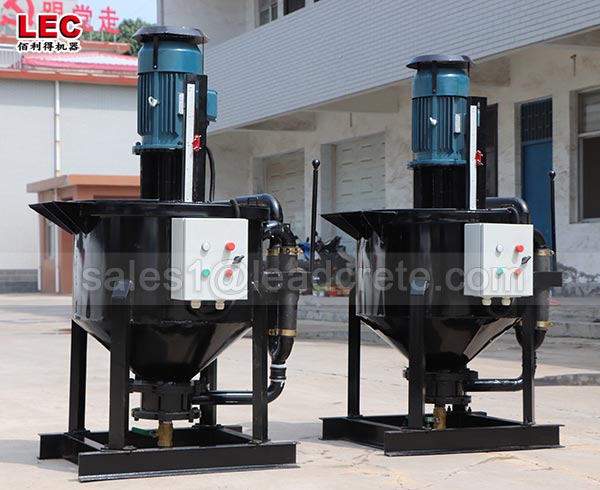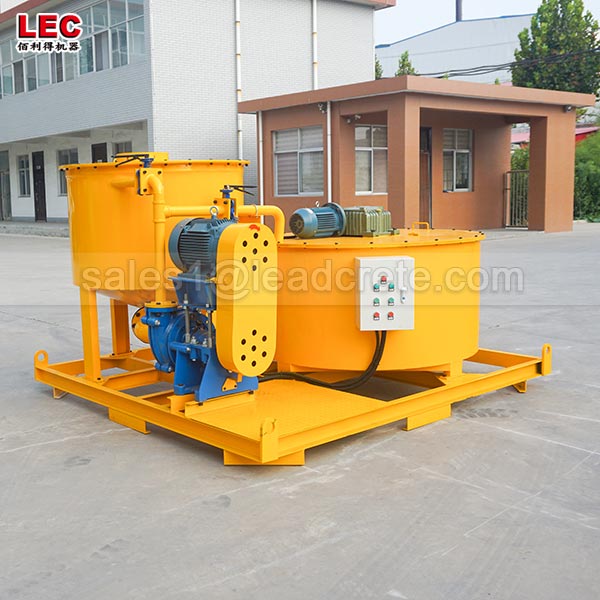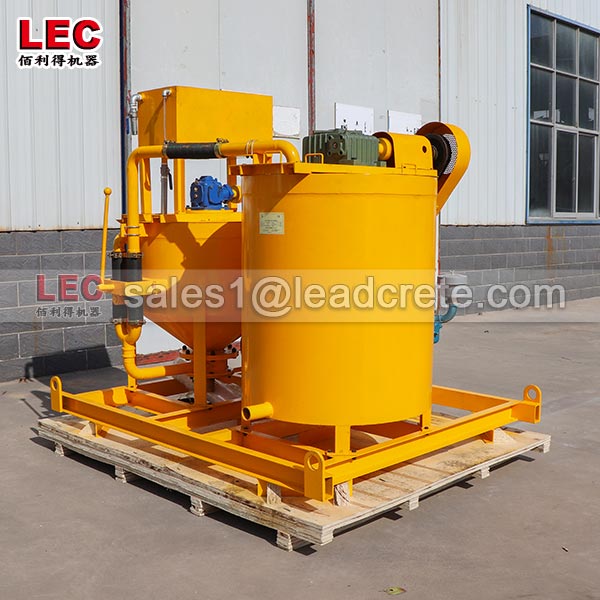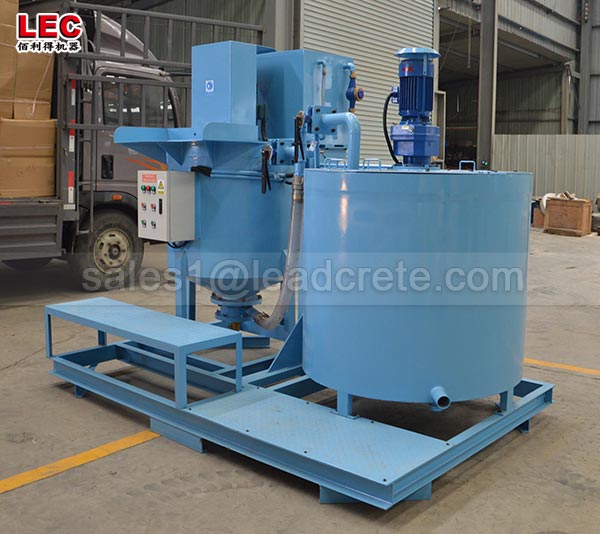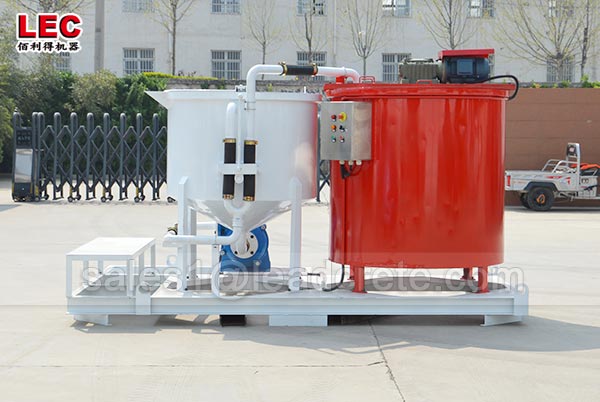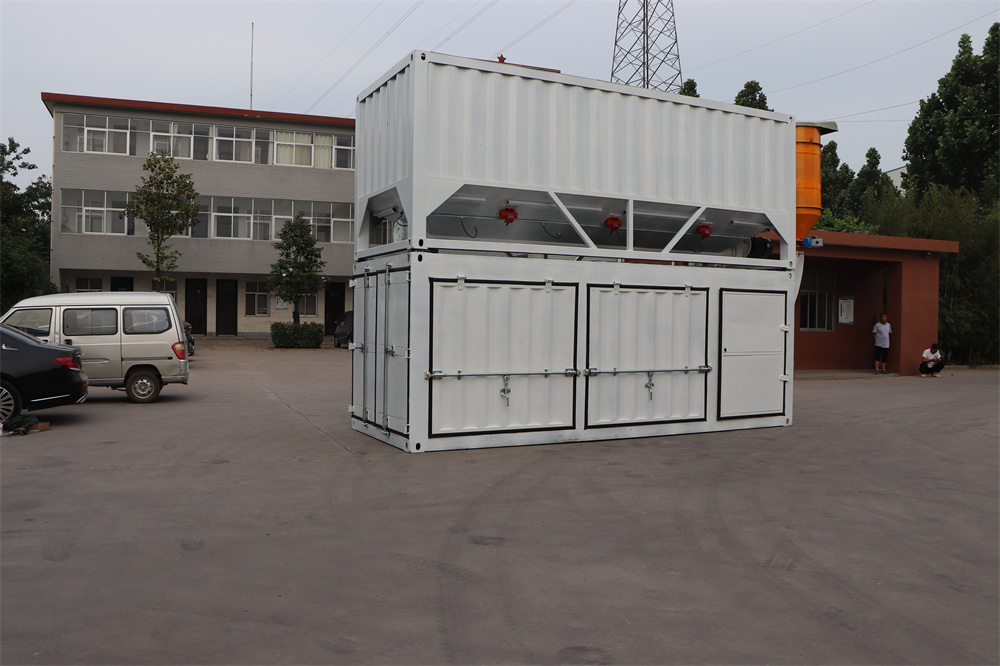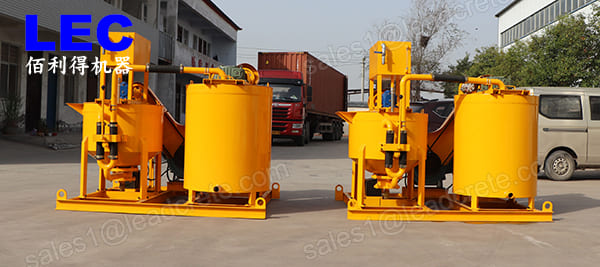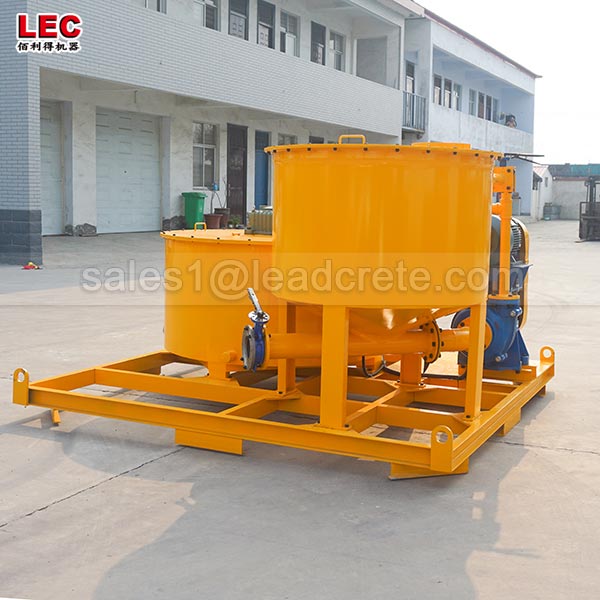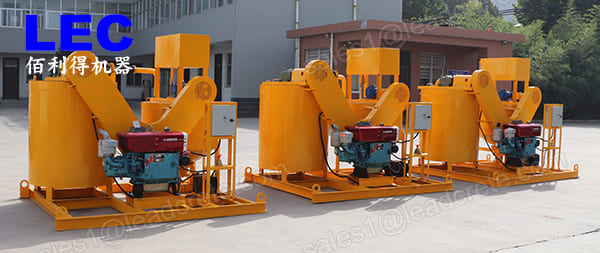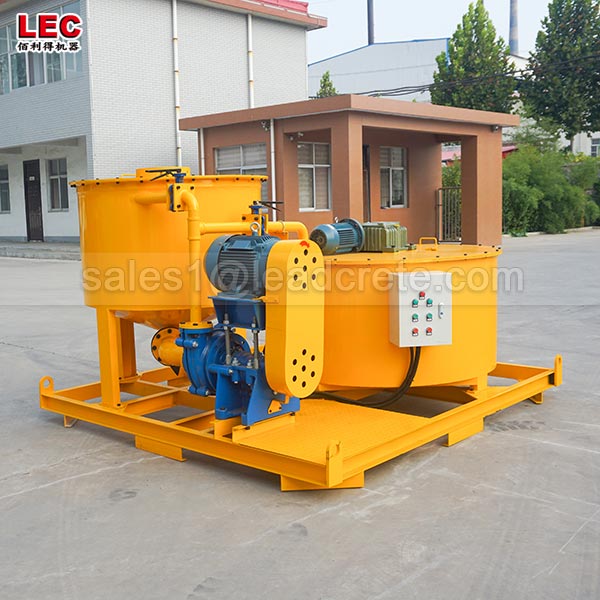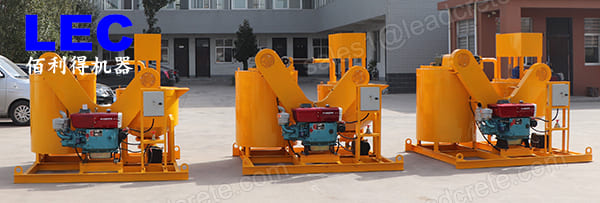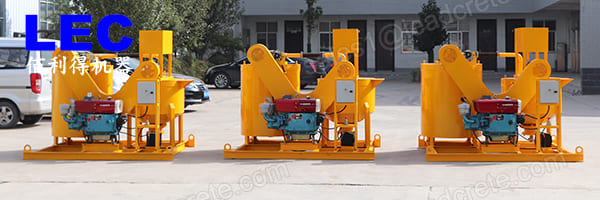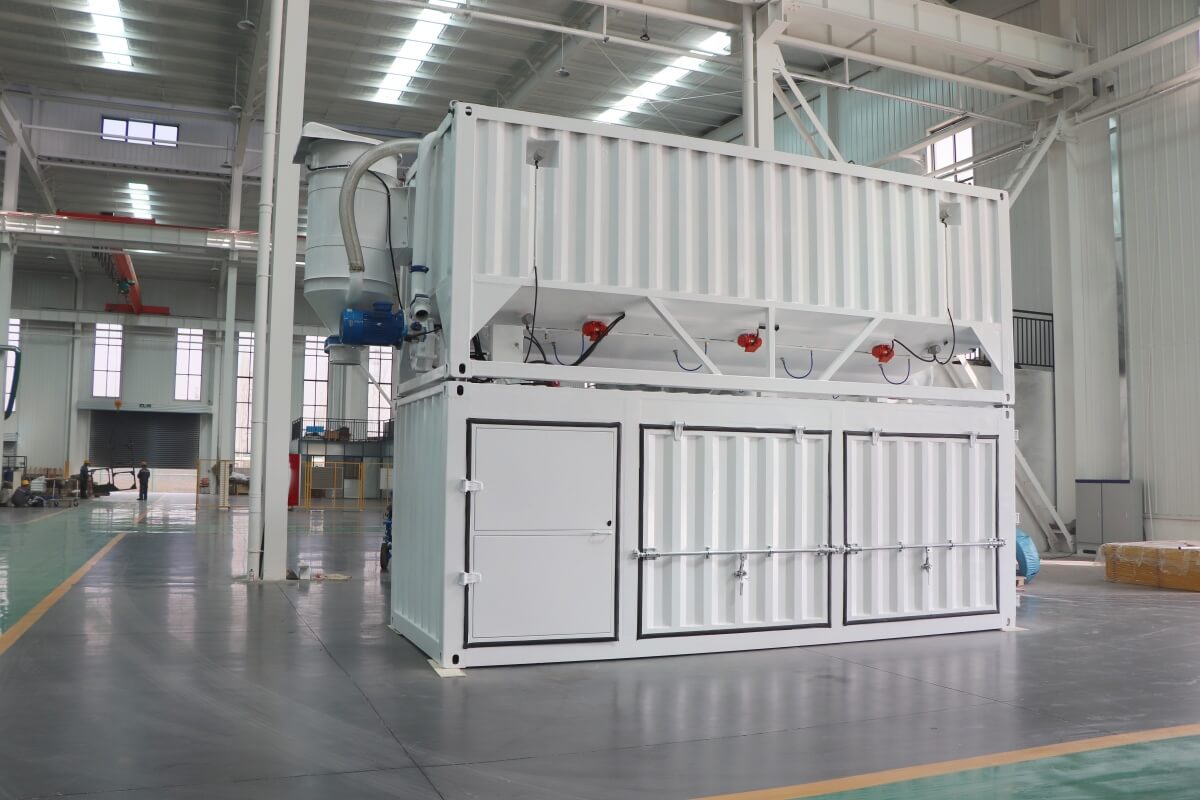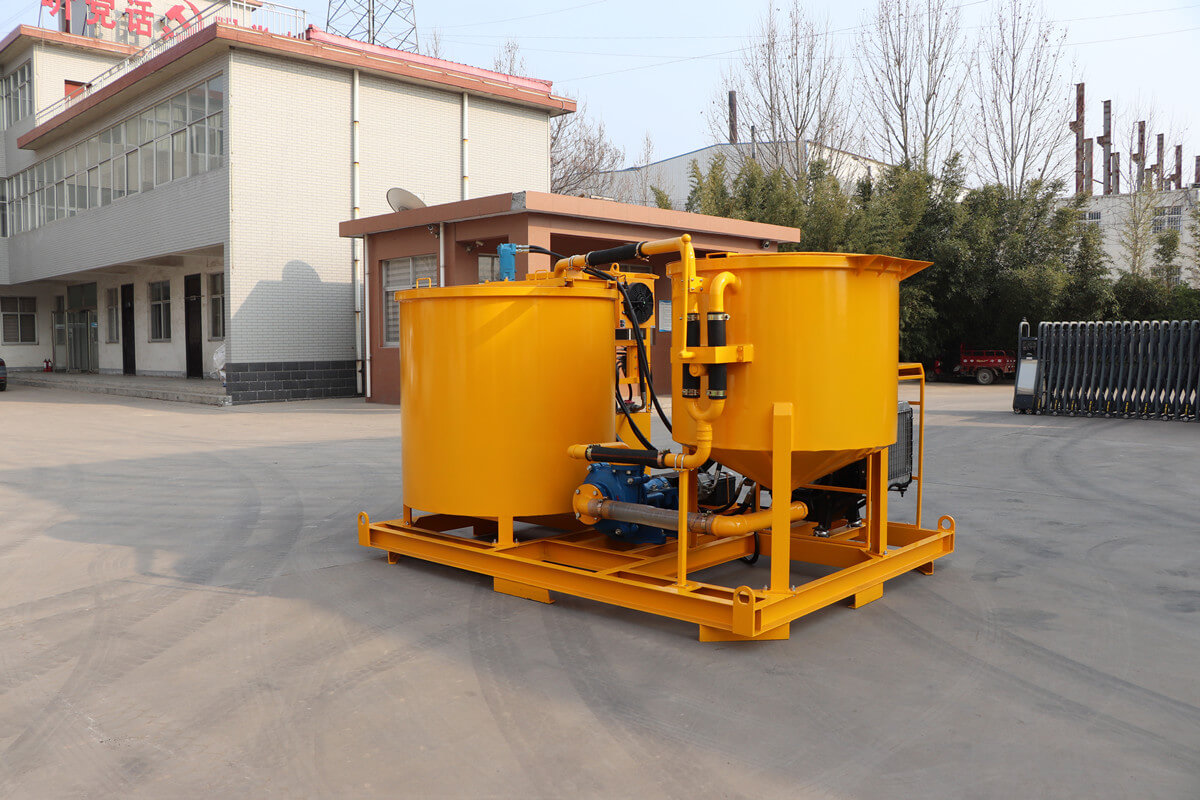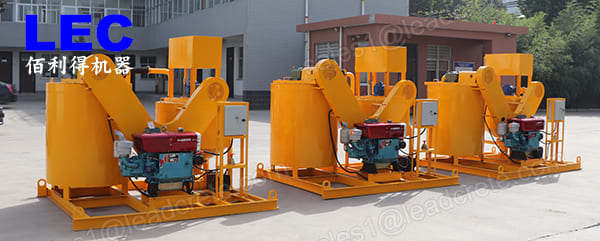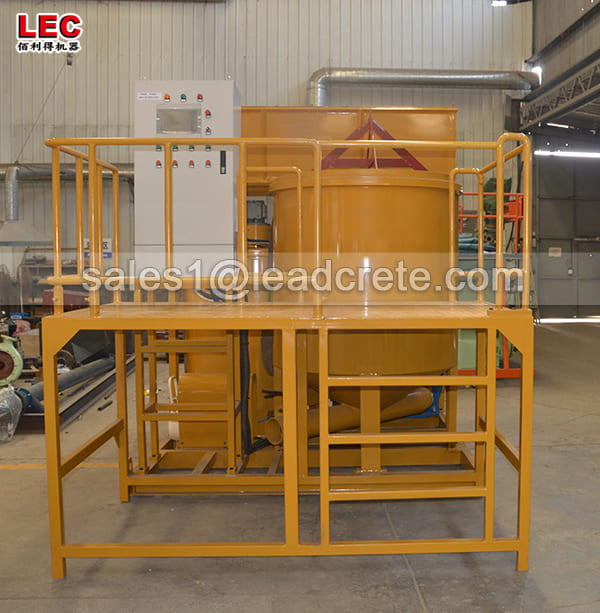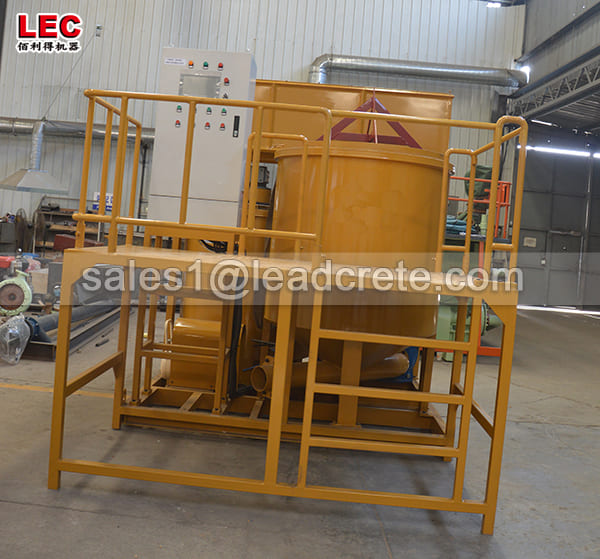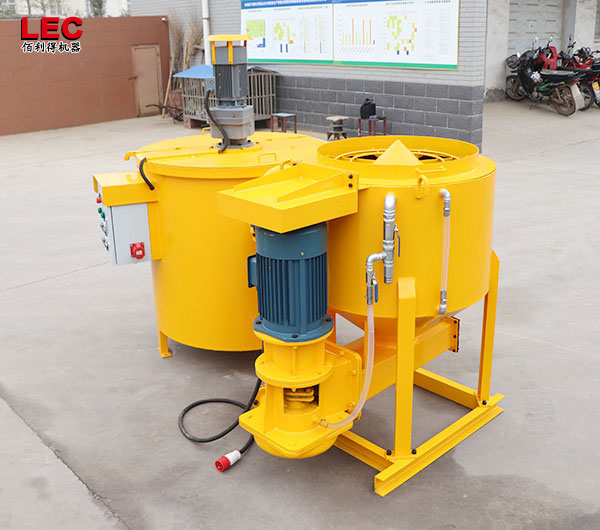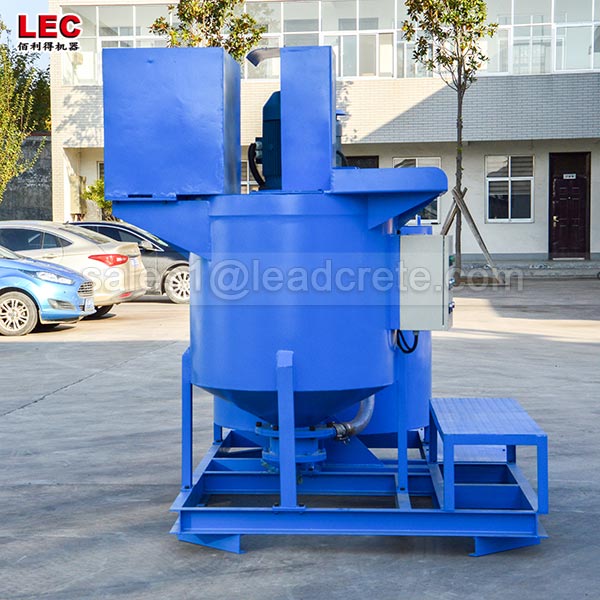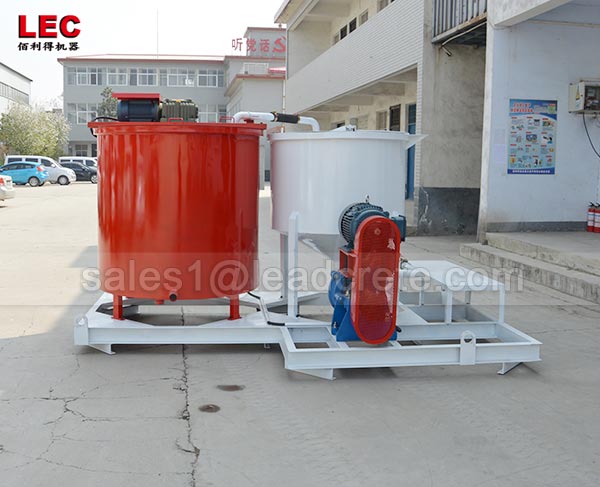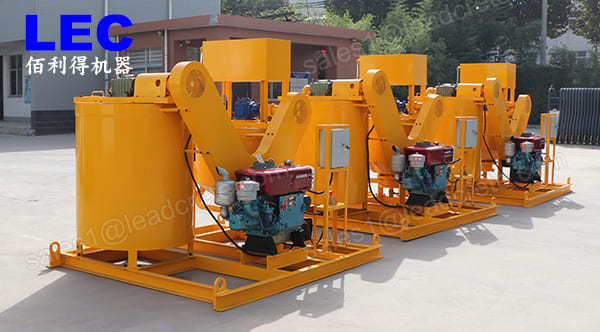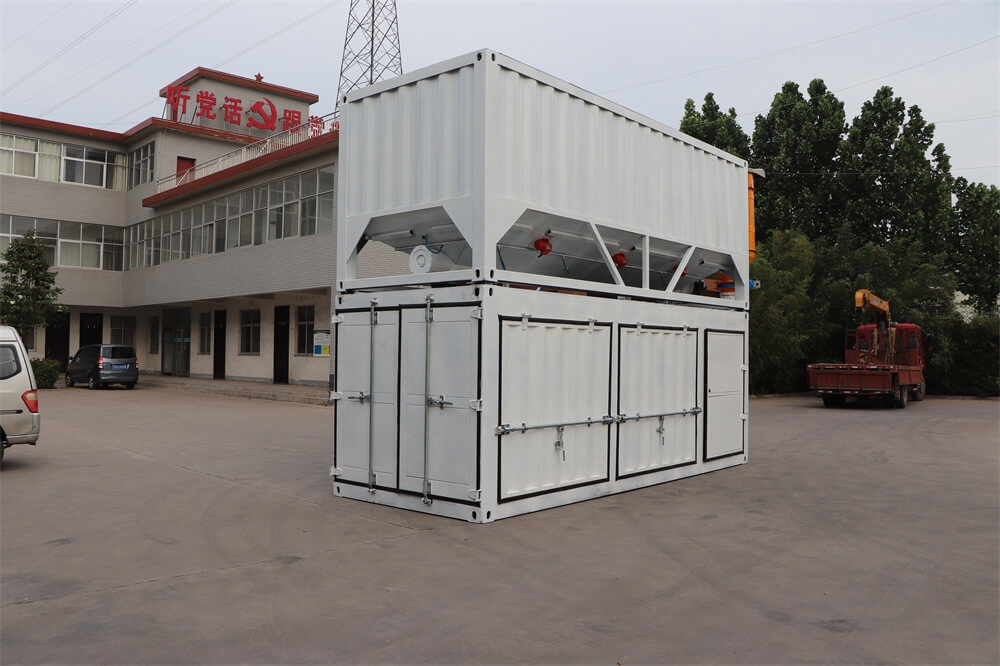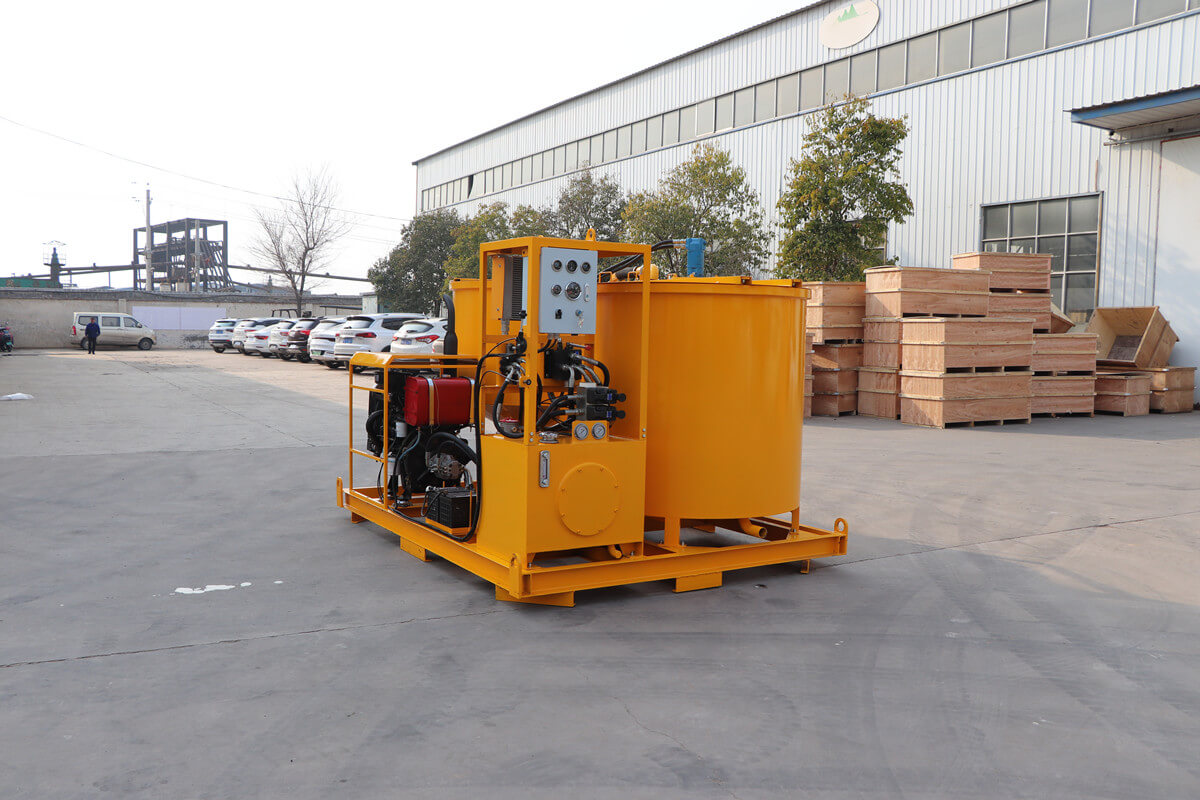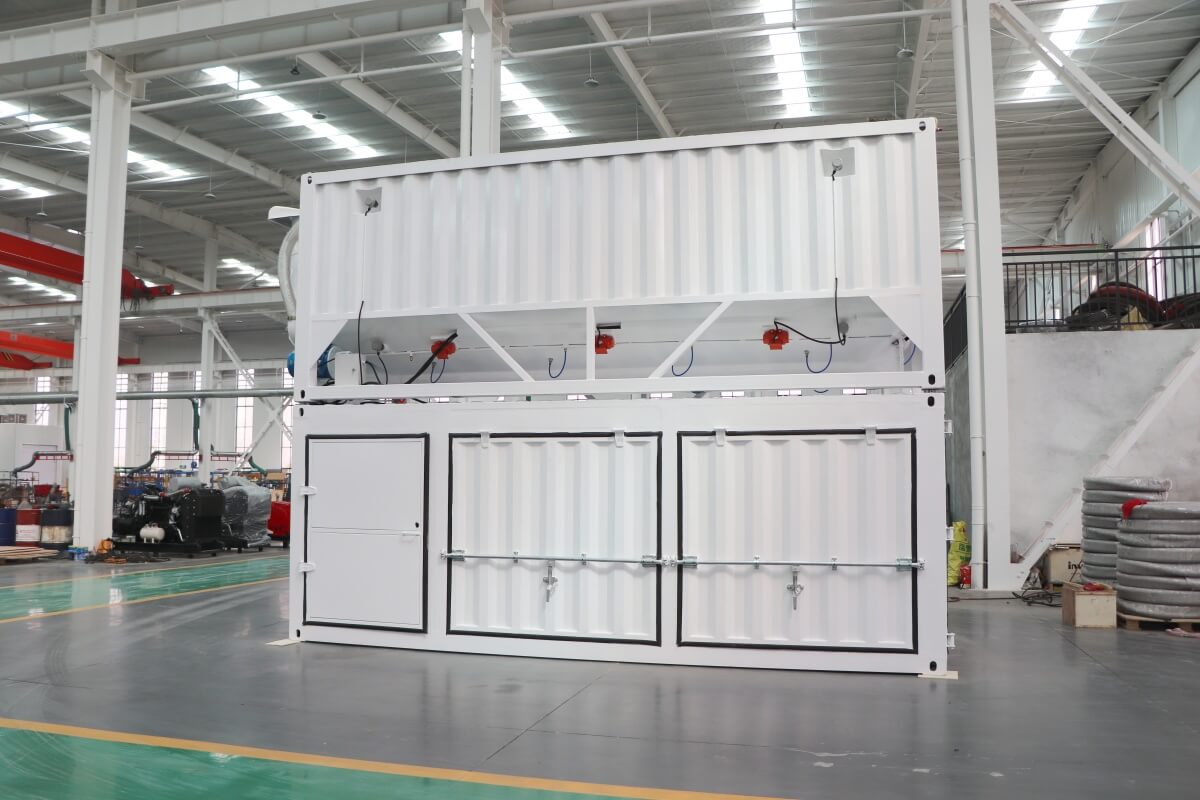High speed grout mixer for filling tunnel
A high-speed grout mixer is a critical component in modern tunneling operations, especially for applications like backfill grouting, ground improvement, and sealing voids behind tunnel linings. When filling tunnels — particularly those constructed using Tunnel Boring Machines (TBM) or shielded tunnel boring machines — high-speed mixers ensure the rapid and consistent production of large volumes of pumpable, stable grout.
A high-speed grout mixer for filling tunnels is a specialized piece of equipment designed to rapidly and uniformly mix grout materials, which are essential for filling voids, stabilizing rock formations, and preventing water ingress during tunnel excavation.
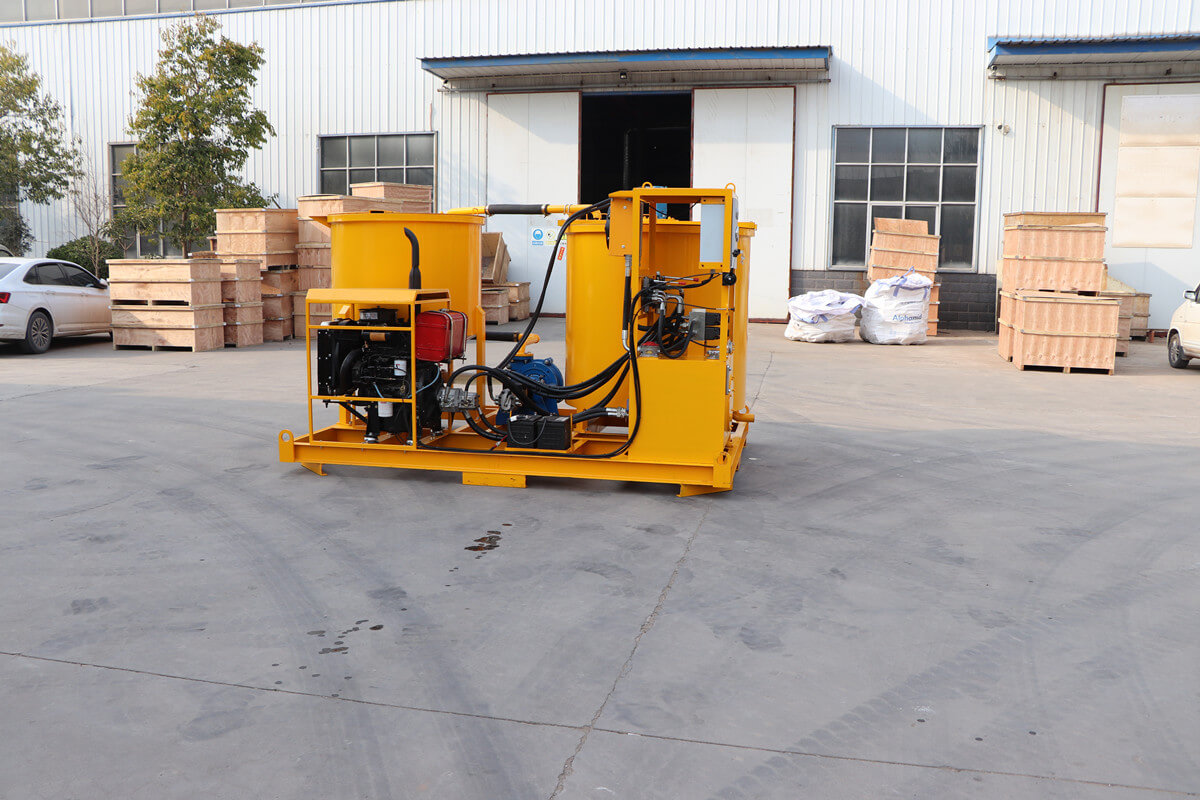
Key features of high speed grout mixer for filling tunnel:
1. High-Speed Mixing: Equipped with high-speed impellers or paddles, it creates a strong vortex to ensure thorough mixing of cement, bentonite, water, and other additives, resulting in a homogeneous grout with consistent properties.
2. Variable Speed Control: Many models offer adjustable speed settings, allowing operators to optimize mixing based on the viscosity of the grout and specific project requirements.
3. Durable Construction: Built with robust materials such as stainless steel, the mixer is designed to withstand the abrasive nature of cement and bentonite, ensuring longevity and reliability.
Portability and Mobility: Some mixers are designed to be portable, with options for trailer-mounted or skid-mounted units, making them suitable for on-site applications where mobility is essential.
4. Safety Features: Includes overload protection, emergency stop buttons, and guards to prevent accidents during operation, ensuring a safe working environment.
5. Batch or Continuous Mixing: Depending on the model, the mixer can handle batch operations or continuous mixing, catering to different project scales and requirements.
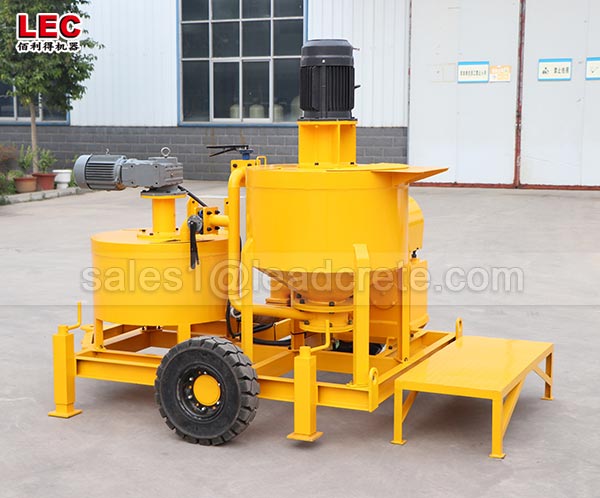
Applications in Tunnel Filling:
1. Void Filling: After excavation, high-speed grout mixers are used to fill voids and cavities in the tunnel, reducing the risk of collapse and ensuring a safe working environment.
2. Rock Stabilization: Grout is injected to stabilize rock formations, preventing rockfalls and ensuring the structural integrity of the tunnel.
3. Water Ingress Prevention: The mixer prepares grout mixtures that are used to seal fractures and voids in the rock, preventing water from seeping into the tunnel and causing damage.
4. Curtain Grouting: Creates a grout curtain around the tunnel to act as a barrier against groundwater, protecting the tunnel from water damage.
5. Anchoring and Bolting: Grout is used to fill the spaces around rock bolts and anchors, enhancing their holding capacity.

Considerations When Choosing a Mixer:
1. Mixing Capacity: Ensure the mixer can handle the required volume of grout per batch or hour to meet the demands of the tunneling project.
2. Power Source: Depending on the site conditions, choose between electric-powered mixers (for areas with reliable electricity supply) or diesel-powered mixers (for remote or off-grid locations).
3. Ease of Operation and Maintenance: Look for mixers with user-friendly controls and easy-to-clean components to minimize downtime and maintenance costs.
4. Mobility: If the mixer needs to be moved frequently between different tunneling sites or sections, consider a portable or trailer-mounted unit.
5. Cost: Balance the initial investment with long-term operational efficiency and durability to ensure cost-effectiveness.
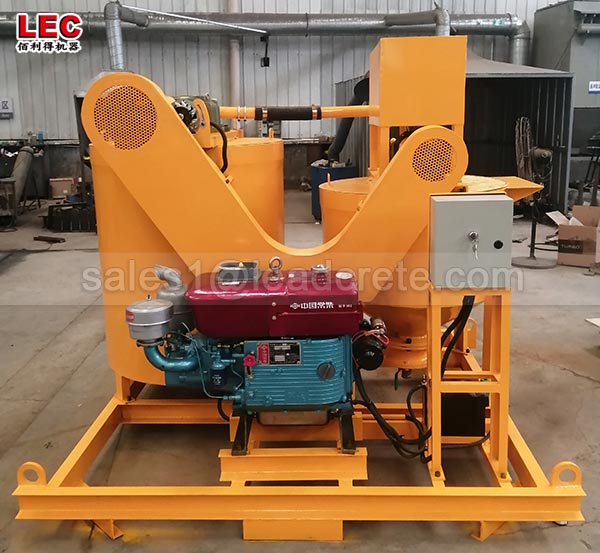
If you’re planning a tunnel project and need help selecting the right mixer based on:
TBM speed
Geological conditions
Grout volume requirements
Site power availability
…feel free to share details and I’ll help recommend the best solution! Email address: sales1@leadcrete.com


